Understanding the Value of a Queen in Blackjack: A Complete Card Value Guide
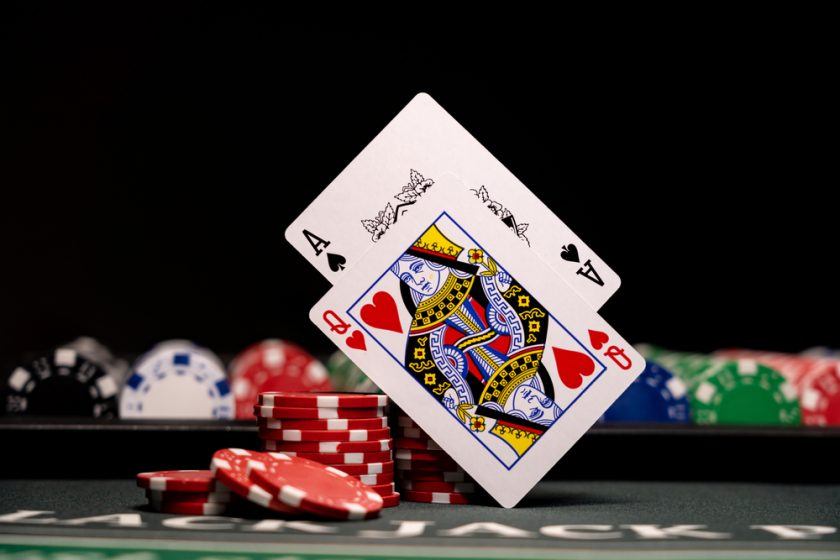
How Much is a Queen in Blackjack?: Understanding Blackjack Card Values
Quick Guide: What You’ll Learn About Blackjack Card Values
- The Queen card in blackjack is always worth 10 points, just like 10s, Jacks, and Kings.
- Various blackjack versions exist, including European Blackjack and Blackjack Switch, each with unique rule sets.
- Standard decks contain 52 cards; most casino games use between one and six decks.
- Basic strategy cards can assist players and are often sold in casino shops.
- Side bets, such as “Lucky Ladies” and Rummy, bring extra winning chances-and sometimes hinge on the Queen.
The Basics of Blackjack: Game Objective and Core Terms
Blackjack is a popular casino card game that is easy to learn and offers straightforward strategies. The main goal is to reach a hand total as close to 21 as possible, without going over. If your total exceeds 21, you “bust” and lose the round. Players can choose to “Hit” (take another card) or “Stand” (keep their hand as is), aiming for a higher total than the dealer without busting.
Dealers must follow strict rules, typically drawing cards until they have at least 17. If both the player and dealer end up with the same total, the result is called a “Push,” or tie, and the player’s original wager is returned.
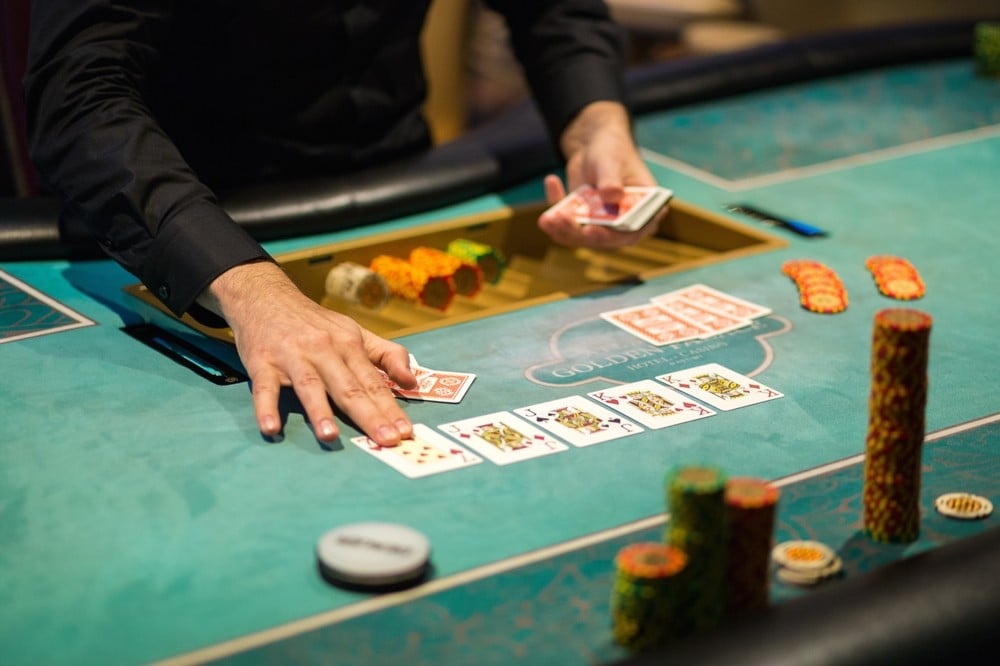
Image Credit: Evgen_Mikhailov/Shutterstock
Breaking Down Card Values in Blackjack
In blackjack, understanding each card’s worth is essential:
- Numbered cards (2-10): Worth their face value.
- Face cards (Jack, Queen, King): Each counts as 10 points.
- Ace: Can be valued as either 1 or 11, depending on what benefits the hand most.
Let’s say you’re dealt a 7 and Queen-your hand totals 17. If instead, you have an Ace and 10 (or Jack, Queen, or King), that’s a “natural blackjack,” the best possible starting hand. Blackjack usually pays better than a standard win-typically 3:2 or 6:5, depending on the casino. For a $10 bet, a 3:2 payout earns you $15, while 6:5 yields $12.
If both you and the dealer get blackjack, it’s a tie, not a win. If you reach 21 through hitting, you’re still not guaranteed a win unless the dealer busts or stands lower.
The Flexible Power of Aces in Blackjack
Aces stand out in blackjack because their value changes based on your hand’s composition:
- Ace + 10, Jack, Queen, or King: This is a natural blackjack.
- Ace + 2-9: Ace counts as 11, adding the second card’s value. For example, Ace + 5 is 16.
- Ace + Ace: One Ace is 11, the other is 1, totaling 12.
- “Soft” hands arise when the Ace is counted as 11, such as Ace + 7 = 18.
- “Soft 17” (Ace + 6) is played differently based on the dealer’s visible card and casino rules.
- When an additional card causes the total to exceed 21, the Ace automatically shifts to a value of 1 to avoid busting.
Example: You’re dealt Ace (11) and 3 (3)-you have 14. Hit and receive a 9; your Ace shifts to 1, so your total becomes 1 + 3 + 9 = 13.
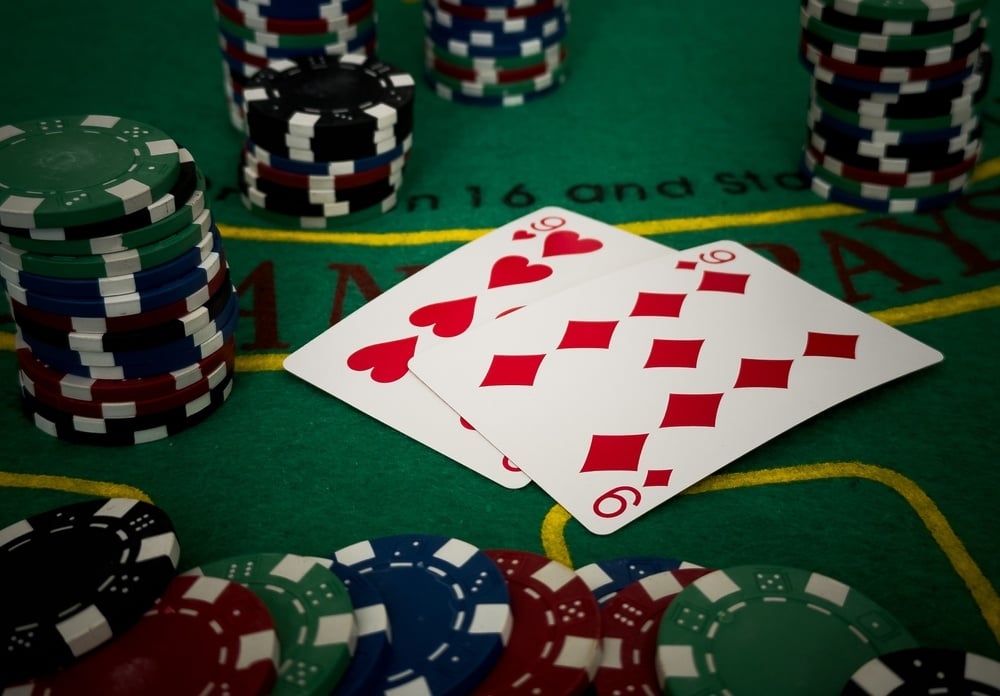
Image Credit: Andrew Angelov/Shutterstock
Understanding Difference Between Soft and Hard Hands
- A “soft” hand contains an Ace valued as 11, making it more flexible-if you draw a high card, the Ace can become 1.
- A “hard” hand either lacks an Ace or has an Ace that must be counted as 1 due to a high total. For example, Queen + 9 is a hard 19.
Special Moves: Doubling Down and Splitting Explained
Doubling Down allows you to double your initial wager after receiving your first two cards, in exchange for only one more drawn card. This move is popular when you hold a starting hand total of 10 or 11, as many remaining cards in the deck are worth 10.
Key points about doubling down:
- Only one additional card is drawn.
- You risk receiving a low card that doesn’t improve your hand.
- Roughly 30% of the deck consists of cards valued at 10.
- Some tables let you “double for less,” wagering less than your original bet.
Splitting Pairs gives you the option to divide your hand into two if you receive two cards of equal value, creating two separate hands with an additional wager. Most players always split Aces for the best chance at blackjack, and split 8s to avoid a weak total of 16. Standard advice is to never split 10s, as 20 is a strong hand.
Insurance and Surrender Options
While not as commonly used, blackjack offers extra betting options:
Insurance is available when the dealer’s face-up card is an Ace. You can place an additional bet-usually half your initial wager-on whether the dealer will complete a blackjack. If they do, the insurance pays out; otherwise, you lose the side bet.
Surrender allows you to forfeit your hand before the round is complete, reclaiming half your original bet. This option is useful if your hand looks unwinnable, like holding 16 against a dealer’s 10.
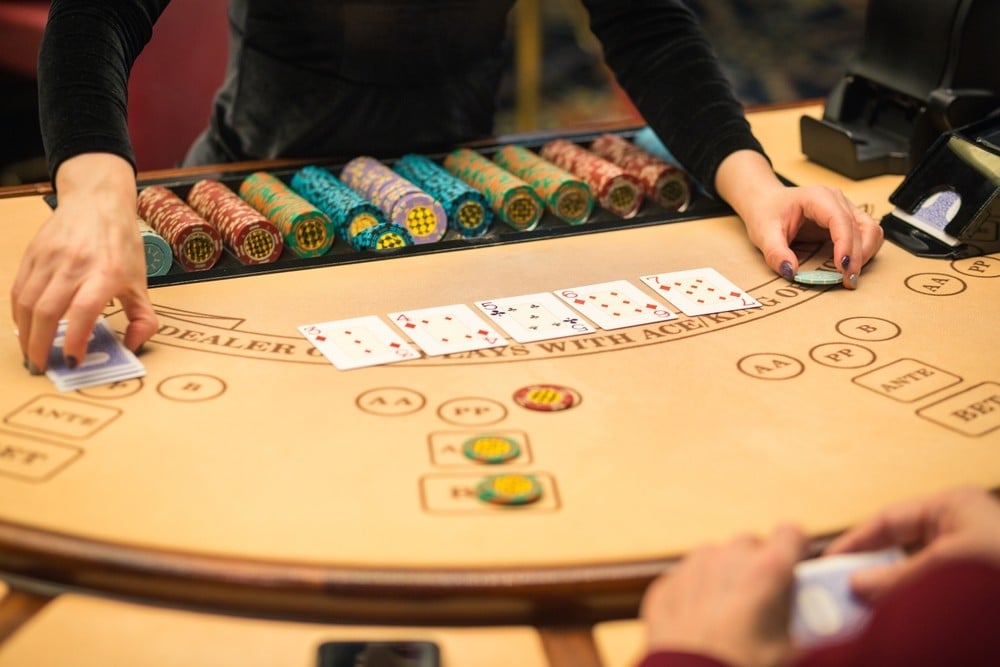
Image Credit: Evgen_Mikhailov/Shutterstock
Avoiding Common Blackjack Mistakes in Card Value Calculation
Players often miscalculate card values, especially with face cards like the Queen or when handling Aces. Errors in math can happen to new and seasoned players alike-sometimes even to dealers.
To avoid blunders:
- Double-check your totals when hitting multiple times.
- Stay calm and focused, particularly when playing live or under pressure.
A frequent area of confusion is the dual nature of Aces. For example, if you have a 4 and 5 (total 9), are dealt an Ace (making 20 if you use the Ace as 11), but incorrectly play it as 1, you risk missing out on a near-perfect hand.
To enhance your play, learn to quickly count totals-especially with multiple cards and when adjusting for the Ace's flexibility.
Strategic Card Value Mastery for Better Blackjack Outcomes
Success in blackjack is about making optimal decisions based on your cards, the dealer’s upcard, and the probabilities of the next draw. Using a basic strategy chart-available for most rulesets-minimizes the house edge, sometimes to below 0.5%.
Tips for strong card value play:
- Use strategy cards or charts to guide decisions.
- Consider practicing card counting for advanced edge (where legal).
- Never rush calculations, especially in multi-card hands.
How Card Values Influence Blackjack Strategy
Smart players adapt their strategies according to the deck composition and the visible cards on the table. For instance, if a large number of 10-value cards have appeared, you may be more cautious about doubling down or splitting in subsequent rounds, particularly when playing with fewer decks.
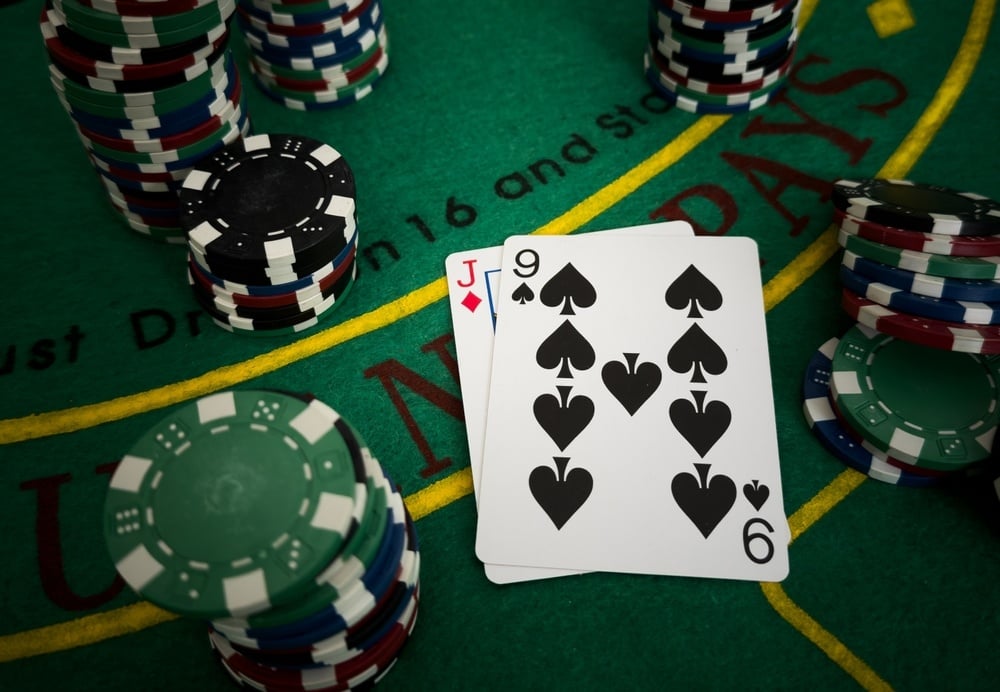
Image Credit: Andrew Angelov/Shutterstock
Blackjack Variations: Exploring Different Game Types
Brick-and-mortar casinos may have fewer blackjack variations, while online platforms offer a wider range. Here are some popular versions:
- Classic Blackjack: Follows standard rules and uses one or more decks.
- Spanish 21: Played without the four 10 cards (deck of 48 cards). Bonus payouts may be offered for certain hands, and 21 always wins.
- European Blackjack: Utilizes two decks; the dealer only takes one card face-up until players finish their turns, making card tracking simpler.
- Blackjack Switch: You play two hands at once and can swap top cards between hands for better potential outcomes.
FAQ: Blackjack Card Values and Rules
How many cards are in a blackjack deck?
A standard deck consists of 52 cards.
How many decks are usually used in a casino blackjack game?
Most tables use between one and six decks. It's important to check, since odds and strategies may change accordingly.
Can you use blackjack strategy cards in casinos?
Many casinos allow players to reference strategy cards at the table and even sell them in gift shops.
What is Free Bet Blackjack?
Free Bet Blackjack allows you to double down or split without paying for the extra bet-casinos cover the cost for these moves once per hand.
What’s the Rummy side bet?
Rummy is a wager made before the round that pays if your first two cards and the dealer’s visible card make a Rummy combination (for example, three cards of the same suit or sequence).
How much is a Queen card worth in blackjack?
A Queen is always valued at 10 points, identical to a 10, Jack, or King. In some side bets, such as “Lucky Ladies,” having Queens may offer bonus payout opportunities.
Conclusion: Card Values Drive Every Decision in Blackjack
Mastering the card values in blackjack, especially knowing that Queens, Kings, and Jacks are all worth 10, sets the foundation for successful play. With this knowledge, you can approach the blackjack table with confidence-whether in a live setting or online-and put optimal strategy into action.
Title Image Credit: Netfalls Remy Musser/Shutterstock













